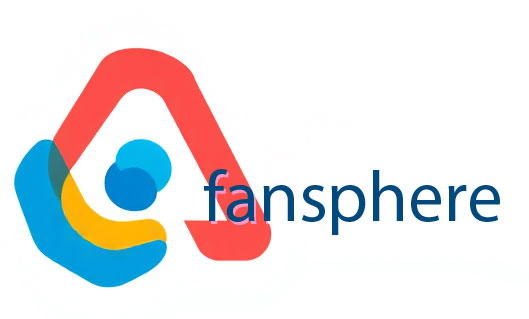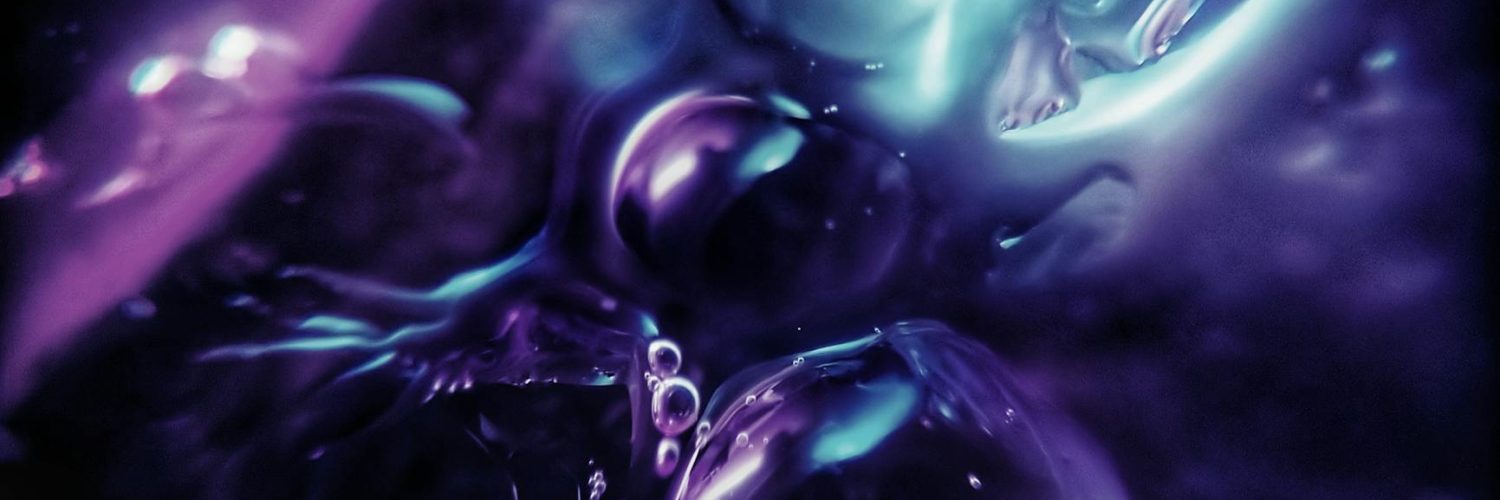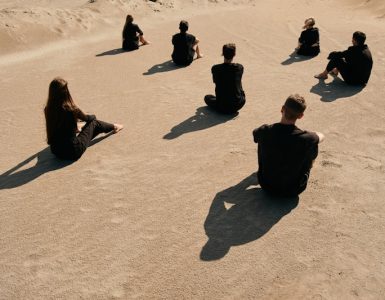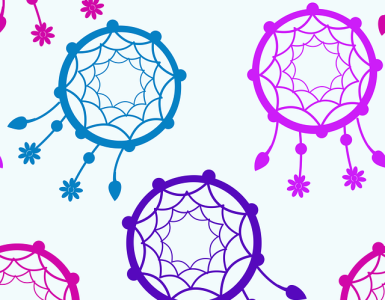¿Te has preguntado alguna vez por qué has elegido ese café en concreto esta mañana? ¿O por qué has sentido el impulso repentino de mirar el móvil aunque no esperabas ningún mensaje? El comportamiento humano es un tapiz fascinante, a menudo ilógico y sorprendentemente predecible, tejido con sesgos cognitivos, hábitos arraigados y presiones sociales. Creemos que somos seres racionales que tomamos decisiones conscientemente, pero si echamos un vistazo detrás de la cortina descubriremos una historia mucho más intrincada, y a veces desternillante.
El poder del cebado: El cerebro en piloto automático
Empecemos con el "priming", un fenómeno psicológico que demuestra cómo nuestro subconsciente influye en nuestras decisiones. La imprimación es la idea de que la exposición a un estímulo influye en la respuesta a un estímulo posterior, sin que seamos conscientes de ello. Piensa que tu cerebro prepara sutilmente el escenario para tus acciones.
Un experimento clásico consistía en pedir a los participantes que completaran una tarea de completar palabras. A la mitad del grupo se le preparó con palabras relacionadas con la educación (por ejemplo, "respetuoso", "cortés"), mientras que a la otra mitad se le preparó con palabras relacionadas con la grosería (por ejemplo, "maleducado", "grosero"). Después, los investigadores interrumpieron sutilmente a los participantes. ¿Adivinó? Era mucho más probable que el grupo al que se le había enseñado la cortesía esperara pacientemente a que el investigador terminara, mientras que era mucho más probable que el grupo al que se le había enseñado la grosería interrumpiera. Esto demuestra que las señales sutiles pueden influir mucho en nuestro comportamiento, incluso sin que nos demos cuenta.
Los ejemplos reales abundan. Las tiendas de comestibles colocan estratégicamente las compras impulsivas cerca de la caja, "cebándote" para que cojas una chocolatina o una revista. Las campañas políticas utilizan un lenguaje cuidadosamente elaborado para estimular ciertas emociones e influir en el comportamiento de los votantes. Comprender el "priming" pone de relieve lo fácil que puede ser manipular nuestro subconsciente y moldear decisiones aparentemente independientes.
La ilusión de elegir: Por qué más no siempre es mejor
Vivimos en una cultura que glorifica las opciones. Pero, irónicamente, demasiadas opciones pueden llevar a la parálisis y la insatisfacción, un fenómeno conocido como "sobrecarga de opciones". Esto contradice nuestra suposición de que tener más opciones conduce intrínsecamente a una mayor felicidad.
Un estudio realizado por Sheena Iyengar y Mark Lepper analizó esta cuestión ofreciendo a los compradores 6 o 24 tipos distintos de mermelada. Aunque el expositor de 24 mermeladas atrajo a más gente, sólo 3% compraron. En el expositor de 6 mermeladas las ventas aumentaron considerablemente. La abundancia de opciones en el expositor más grande abrumó a los clientes, lo que les llevó a la indecisión y, en última instancia, a una menor satisfacción. Esto demuestra que nuestra capacidad de decisión tiene límites y que, a veces, menos es más.
Este principio se aplica mucho más allá del atasco. Desde la elección de una carrera profesional hasta la de una pareja, el agobio puede llevarnos a tomar decisiones equivocadas y a arrepentirnos. Saber esto nos ayuda a tomar decisiones complejas de forma más estratégica, centrándonos en un conjunto de opciones en lugar de ahogarnos en un océano de posibilidades. El tú inesperado: Descifrando la danza cotidiana de la mente humana
El efecto espectador: Difusión de la responsabilidad
¿Alguna vez ha presenciado una situación de emergencia y ha dudado en intervenir, suponiendo que alguien más actuaría? Es el efecto espectador. Cuantas más personas estén presentes, menos probable es que alguien ayude.
La trágica historia de Kitty Genovese, una mujer asesinada en 1964 mientras sus vecinos presuntamente observaban sin intervenir, ilustró trágicamente este efecto. Aunque los detalles de este caso son objeto de debate, suscitó importantes investigaciones. Los experimentos han demostrado sistemáticamente que la presencia de otras personas difumina la responsabilidad, haciendo que los individuos se sientan menos responsables personalmente de actuar.
Comprender el efecto espectador es crucial para fomentar el comportamiento prosocial. Desafiando activamente esta difusión de la responsabilidad -por ejemplo, pidiendo ayuda directamente a una persona concreta- podemos aumentar la probabilidad de recibir ayuda en situaciones de emergencia.
Sesgo de confirmación: ver lo que se quiere ver
A menudo buscamos información que confirme nuestras creencias preexistentes y evitamos la que las cuestiona. Esto es el sesgo de confirmación. Construimos "cámaras de eco" mentales que refuerzan nuestra visión del mundo, aunque sea inexacta.
Imaginemos a alguien que cree que el cambio climático es un engaño. Es posible que, consciente o inconscientemente, busque artículos y sitios web que apoyen esta creencia, mientras ignora o descarta las pruebas de lo contrario. Esto no es necesariamente malicioso; es un atajo cognitivo común que puede conducir a ideas erróneas profundamente arraigadas.
Combatir el sesgo de confirmación requiere un esfuerzo consciente. Tenemos que buscar activamente perspectivas diversas y evaluar la información de forma crítica, aunque ponga en tela de juicio nuestras creencias. Abordar puntos de vista opuestos, en lugar de descartarlos de plano, permite una comprensión más matizada y precisa del mundo.
El efecto Halo: Primeras impresiones y más allá
El efecto halo describe la tendencia a dejar que un rasgo positivo (o negativo) influya en nuestra percepción general de una persona. Si una persona es atractiva, podemos suponer inconscientemente que también es inteligente, amable y digna de confianza, incluso sin pruebas que lo demuestren.
Pensemos en el respaldo de los famosos. Asociamos la imagen positiva de la celebridad con el producto, a menudo pasando por alto información objetiva sobre la calidad del producto. Esto pone de manifiesto la facilidad con que nuestros juicios pueden verse influidos por factores irrelevantes.
Comprender el efecto halo nos ayuda a apreciar el contexto subjetivo de nuestros juicios y a hacer valoraciones más objetivas. Al separar conscientemente los rasgos individuales y evitar las generalizaciones, podemos navegar por las interacciones sociales de forma más justa y precisa.
Desentrañar estos patrones ocultos del comportamiento humano permite una mayor conciencia de uno mismo y una comprensión más matizada de las interacciones humanas. Se trata de reconocer las fuerzas sutiles que dan forma a nuestras elecciones, navegar por los prejuicios y, en última instancia, tomar decisiones más informadas en nuestra vida personal y profesional.

























Añadir un comentario